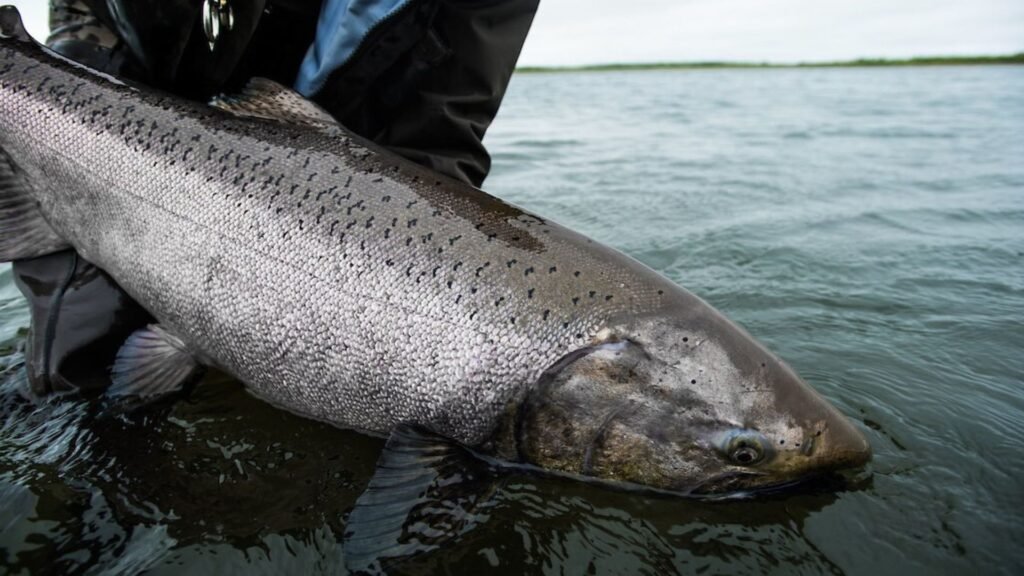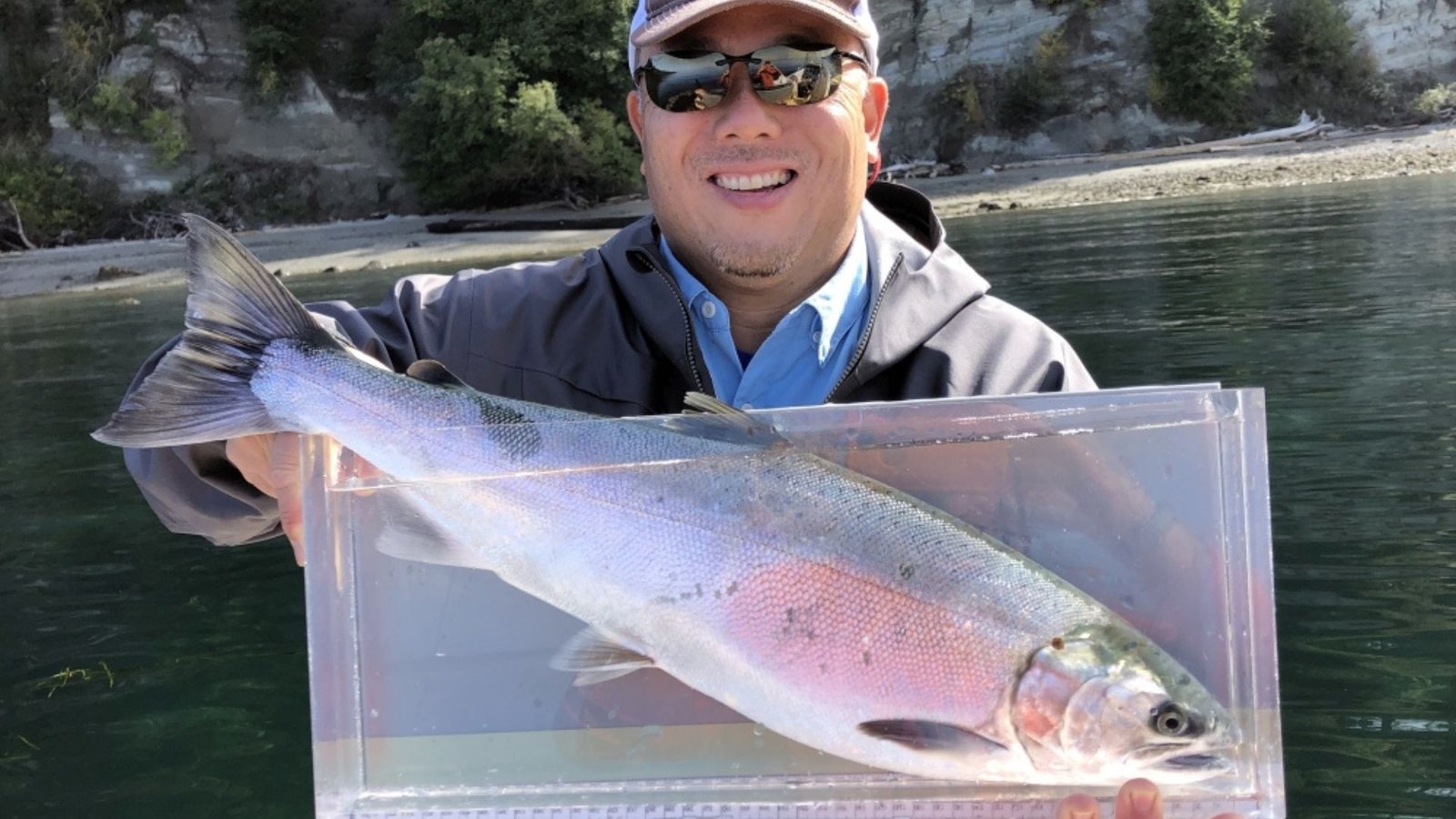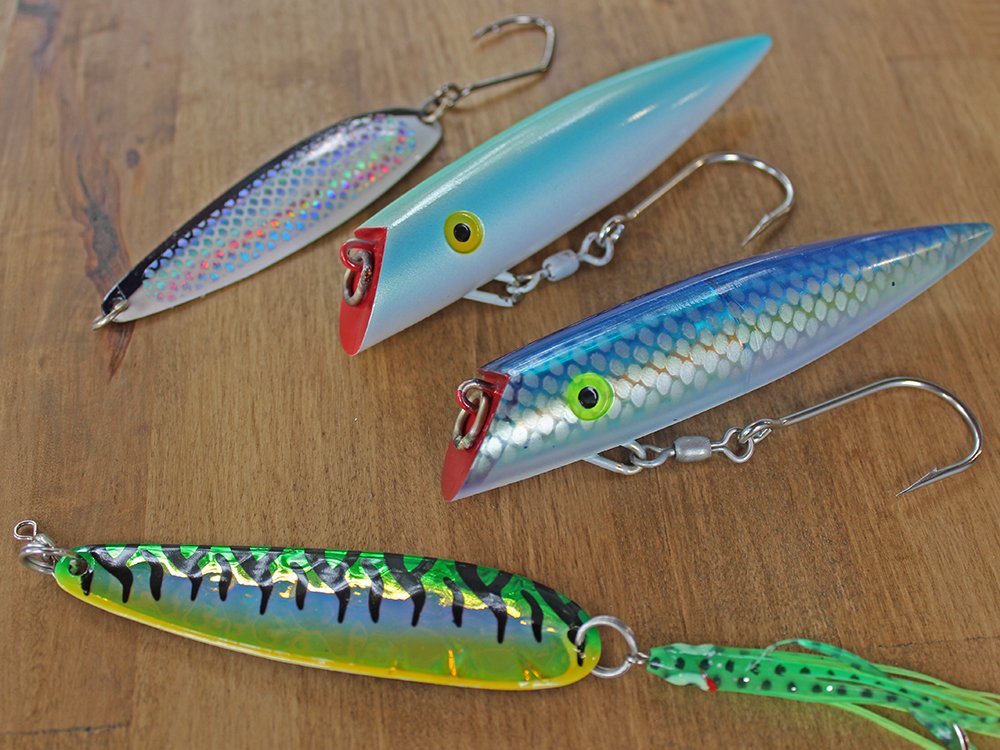Finding productive salmon fly fishing spots requires understanding the behavior of salmon and the characteristics of their habitats. By knowing where to look and what to look for, anglers can increase their chances of a successful catch.

Ways to Identify Productive Salmon Fly Fishing Spots
Understanding Salmon Behavior
- Migration Patterns: Research the seasonal migration patterns of salmon species in your area. They often move from deeper ocean waters to shallower, upstream areas to spawn.
- Feeding Habits: Identify areas where salmon congregate to feed, such as where insects, baitfish, or other prey are abundant.
Observing Water Conditions
- Flow and Depth: Look for sections of rivers or streams with moderate to fast flow rates and varying depths. These areas provide oxygenated water and cover for salmon.
- Structure and Cover: Seek out spots with natural structures like rocks, logs, or submerged vegetation. These features offer shelter and resting places for salmon.
Using Technology and Maps
- Online Resources: Utilize online fishing forums, websites, and social media groups to gather information from other anglers about productive fishing spots.
- Topographic Maps: Study topographic maps to identify bends in rivers, confluences, and other geographical features that create productive fishing spots.
Local Knowledge and Experience
- Guides and Locals: Consult with local fishing guides or experienced anglers who have knowledge of specific salmon fishing hotspots in the area.
- Seasonal Variations: Understand how fishing spots change with the seasons. Salmon may prefer different habitats during spawning seasons versus feeding seasons.
Time of Day and Weather Conditions
- Early Morning and Dusk: Fish during low-light periods when salmon are more active and less wary of predators.
- Weather Patterns: Pay attention to weather conditions such as cloud cover, temperature, and wind direction, which can affect salmon behavior and feeding activity.
Patience and Persistence
- Exploration: Be willing to explore new areas and try different spots until you find where the salmon are actively feeding or holding.
- Adaptability: Remain flexible and willing to adjust your fishing strategy based on changing conditions or feedback from unsuccessful trips.
Conclusion
Identifying productive salmon fly fishing spots involves a combination of research, observation, local knowledge, and patience. By understanding salmon behavior, studying water conditions, leveraging technology and maps, seeking advice from locals, and adapting to environmental factors, anglers can increase their chances of locating and successfully fishing in areas where salmon are abundant. Whether you’re fishing in rivers, streams, or coastal waters, these strategies can help you find the best spots to maximize your salmon fly fishing experience.



